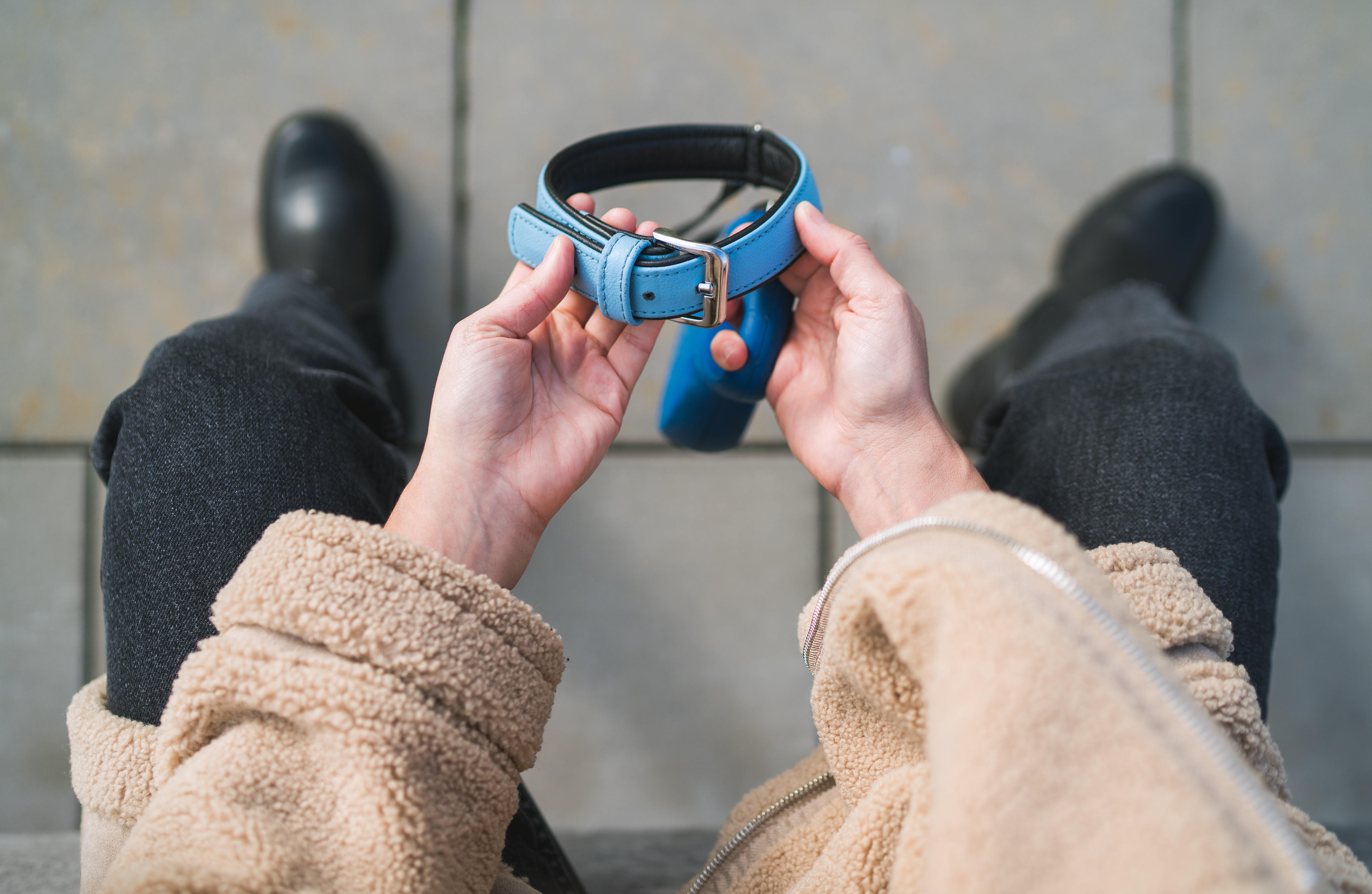
How to protect your pet from theft
24th February, 2023
It’s something we all don’t like to think about, and a pet going missing can be a really scary and upsetting time for any owner. While more often than not your pet will simply have wandered a little too far away, sadly we do know that thieves target family pets, especially dogs. This could be to either to sell them on to an unsuspecting new owner or as part of a scam to claim any reward that is offered for the animal’s return.
So, how can I keep my pet as safe as possible?
Here’s what you can do to help reduce the risk of your pet being stolen:
- Never leave your dog on their own outside a shop or in a car unattended.
- Train your dog to come back when called, and never let them off the lead if you're not sure they'll come back to you. If in doubt, use a long-line lead, especially if you're in an unfamiliar area where your dog may get lost more easily.
- Make sure your garden is secure and if you have a gate then fit it with a lock. It's also a good idea to fit a bell to the gate so you hear if anyone opens it.
- Don't leave your dog on their own in the garden, or at least keep them in view if they are.
- Get your dog microchipped - the best way of making sure you can be reunited with your dog if they're lost or stolen is to have them microchipped, which is now a legal requirement.
- It's vital to keep your contact details up-to-date on the Microchip database, so remember to update them if you move home or change your phone number.
- Keep recent photographs of your pet and make a note of any distinguishing features.
- Take care when choosing someone who isn’t known to you to care for your dog if you're going away or need a dog walker while you go to work. Use a reputable company or boarding kennels, and check references for people who provide dog or house-sitting services.
- Neutering your pet can reduce the likelihood of them roaming.
- Put a collar and tag on your pet - when they're in a public place, every dog must wear a collar with the name and address of their owner engraved on it, or on a plate or tag attached to it. We also recommend including your mobile phone number on any ID, as this can help reunite you with your pet quickly should they ever get lost or stolen. Cat collars should be quick-release to stop them from getting caught hurting themselves.
What to do if your pet goes missing
If the worst does happen and your pet goes missing or you think they've been stolen, here are some steps you can take to give yourself the best chance of being reunited with your pet:
- Check your home and local area thoroughly. Ask your neighbours to check any sheds, garages, outhouses, trees, or other places in their garden that a cat may have roamed into.
- Report it to the police - if you believe your pet has been stolen, you should report it to the police as theft as soon as possible. That way, they can pick up on any trends if it's happening more frequently in a certain area. It is important to receive a criminal reference number if you should wish to make a claim with your insurer.
- Phone the microchip database that your pet is registered with and report them as missing so that you'll be informed if anyone tries to re-register the chip number.
- Report it to your local dog warden, as well as your local vets, animal hospitals and rehoming centers.
- Register your pet on missing pet websites such as Animal Search UK, Dogslost or the National Pets register.
- Make posters and display them in local areas such as parks and vet surgeries. The poster should include a clear photograph and details of the circumstances.
- Post on social media - sites like Facebook can also be really useful for spreading the word in the local area so that people can keep an eye out for missing animals.
References: RSPCA